String Art Activities | Artshine
Grade 1:
-
Geometry and Spatial Sense
-
Overall Expectations:
-
compose and decompose common two-dimensional shapes and three-dimensional figures;
-
identify common two-dimensional shapes and three-dimensional figures and sort and classify them by their attributes;*
-
-
Specific Expectations:
-
identify and describe common two- dimensional shapes (e.g.,circles,triangles, rectangles, squares) and sort and classify them by their attributes (e.g., colour; size; texture; number of sides), using concrete materials and pictorial representations (e.g.,“I put all the triangles in one group. Some are long and skinny, and some are short and fat, but they all have three sides.”);
-
-
Activity Idea:
-
You can make a lot of things from ordinary objects around the house. Bev taught you how to create art from string and paint! What else do you think you can create from string?
-
Your challenge is to create shapes using string. Using a clean piece of string, and make a triangle, square, rectangle, circle, and pentagon.
-
Once you have finished making the shapes using string, draw them on a piece of paper and label each shape.
-
-
Grade : 2
-
Measurement
-
Overall Expectations:
-
estimate,measure,and record length,perimeter,area,mass,capacity,time,and temperature, using non-standard units and standard units;
-
-
Specific Expectations:
-
estimate and measure length, height, and distance, using standard units (i.e., centimetre, metre) and non-standard units;
-
choose benchmarks – in this case, personal referents – for a centimetre and a metre (e.g.,“My little finger is about as wide as one centimetre. A really big step is about one metre.”) to help them perform measurement tasks;
-
-
Activity Idea:
-
Did you know a piece of string is not only a tool to create art, but can also be used as a ruler! Using your finger as a guide, cut a piece of string that is 5cm in length. Your pointer finger tip is about 1cm wide, so that should help you measure.
-
Once you have your piece of string, find five items around your house to measure: a toy, something you colour with, something you wear on your feet, and something you eat (ask your parents for help with this one).
-
Bring all the items back to where you are working and one piece of paper write down the name of each item and estimate how tall it will be in centimeters.
-
After you have created estimates for each one, use your 5cm piece of string to measure the item. Keep track of all the measurements and see how close your estimates were.
-
-
Grade 3:
-
Geometry and Spatial Sense
-
Overall Expectations:
-
compare two-dimensional shapes and three-dimensional figures and sort them by their geometric properties;
-
-
Specific Expectations:
-
compare and sort prisms and pyramids by geometric properties (i.e., number and shape of faces, number of edges, number of vertices), using concrete materials;
-
-
Activity Idea:
-
With Bev, we learned that you can make art with everyday items around the house. But do you think that you can learn about math with items from around the house?
-
You can! This is your challenge - go around your house and see how many prisms you can find! They can be any ordinary items - think outside the prism!
-
Once you have found 4 different prisms, draw them on a piece of paper and write a description of each one.
-
-

